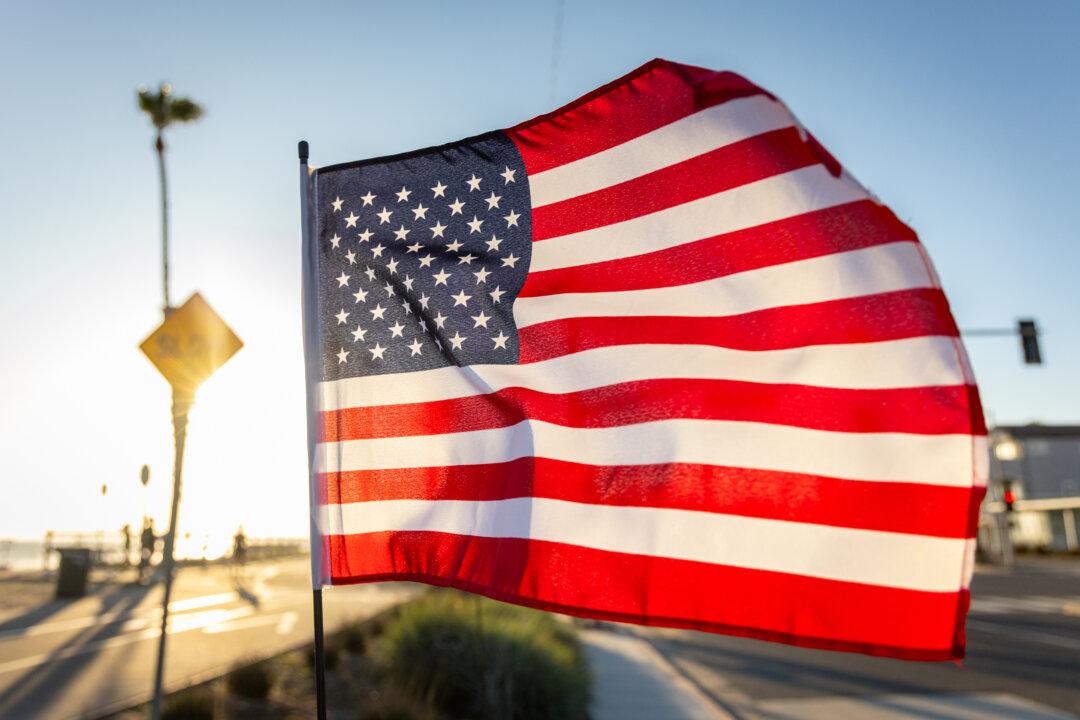I can’t remember the exact date when I first saw Tina Turner.
It must have been in the very early ’70s, and it was at a hotel on the Las Vegas Strip.
I was on my way to try to get tickets for some show that I, as usual, had mixed feeling about—but, hey, I was in Vegas—when I heard something amazing coming from one of the neighboring lounges.
Drawn irresistibly, I walked over. It was the Ike and Tina Turner Revue.
Within seconds, my mouth had dropped open. This was rock and roll plus rhythm and blues the likes of which I had never heard, and I heard a lot in those days. It was what you did. I quickly forgot wherever it was I was supposed to go.
The lead singer, someone I took to be Tina Turner, was the most “out of sight,” as we used to say then, rocker this side of Mick Jagger—for whom she soon became an opening act.
It shouldn’t be all that surprising that when I heard that Tina Turner died at 83, tears came to my eyes.
These came before the more famous hits, such as “River Deep—Mountain High” (with its orchestrations by the crazy genius Phil Spector), the iconic version of “Proud Mary,” and, of course, “What’s Love Got to Do With It.”
Great as they are, I prefer the old Ike and Tina songs. Maybe I’m a roadhouse kind of guy.
Most of us of a certain age know the dark story of Ike and Tina, how their relationship that dated from the late 1950s, when Ike was 25 and Tina just 17, turned physically abusive. They were married in 1962 and Tina held on for 16 years, until 1978.
It’s not a defense in the slightest, but it’s easy to see how all this happened psychologically—Ike, the older man, was certainly talented but ended up with a younger woman who was talented and charismatic beyond anything he or anyone else could even have imagined. He didn’t know how to deal with it, even though Tina adopted Ike’s two children from a previous marriage and had two of her own with him.
None of this sturm und drang was new to Tina, who, in her early life as Anna Mae Bullock, got a surprise from her first teenage boyfriend who, she discovered after a year, was married to another girl who was already expecting a child.
It was a long way from that childhood in Brownsville, Tennessee, to being the international celebrity she became, meeting with the Dalai Lama and ultimately marrying German music executive Erwin Bach and living with him in Switzerland, where she became a citizen.
Tina had tremendous musical versatility and is the only female artist to have won Grammys in pop, rock, and R&B. The list of her accolades goes on and on.
But the poignant part is that Rolling Stone magazine named Ike & Tina Turner No. 2 on their list of the 20 Greatest Duos of All Time. Simon & Garfunkel were No. 1. (They, too, suffered an estrangement, though less severe.)
Normally, we say R.I.P. (rest in peace) to those who die, but who wants to imagine Tina resting in the afterlife? We want to see her rocking.
I’ll take that further. I would like to see her rocking again with Izear Luster “Ike” Turner Jr., who died on Dec. 12, 2007.
But to do that, Ike would have to apologize with all his heart and soul for what he did.
Can you do that ... up there?
And maybe he’s not even ... up there.







